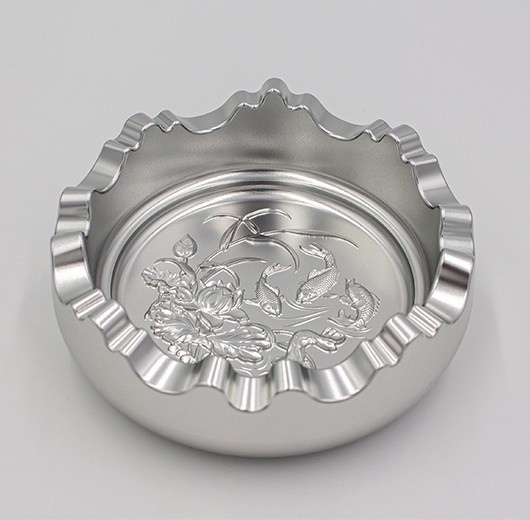In the world of manufacturing, precision and efficiency are paramount. To achieve these goals, businesses have long relied on traditional CNC machining methods. However, the advent of 5-axis machining has introduced a new level of innovation to the industry. In this article, we will delve into the realm of 5-axis machining and compare it to traditional CNC machining, shedding light on the key differences and advantages.
Traditional CNC (Computer Numerical Control) machining is a tried-and-true method for material removal. It primarily involves the use of three axes (X, Y, and Z) to move the cutting tool. The workpiece is typically clamped to a static table, and the tool moves along these axes to shape the material. This process is highly effective for a wide range of applications but has certain limitations.
Enter 5-axis machining – a technological marvel that takes precision to the next level. In addition to the standard X, Y, and Z axes, 5-axis machining introduces two additional rotational axes. These rotations allow the cutting tool to approach the workpiece from multiple angles, providing unparalleled versatility and accuracy. It can manipulate the material in ways that traditional CNC machines simply cannot.

One of the most significant advantages of 5-axis machining is its ability to handle complex geometries with ease. Traditional CNC machines struggle to reach certain angles and contours, often requiring manual adjustments and multiple setups. 5-axis machining, on the other hand, excels at this, reducing the need for repositioning and enhancing the precision of the finished product.
In traditional CNC machining, complex components may require multiple setups to access hard-to-reach areas. Each setup consumes valuable time and can introduce errors. 5-axis machining minimizes the need for multiple setups, resulting in reduced setup times and more efficient production.
The added flexibility of 5-axis machining improves surface finish. It can smoothly contour intricate designs, reducing the need for post-processing and enhancing the overall aesthetics of the part.
5-axis machining can prolong the life of cutting tools by allowing for more efficient toolpath strategies. This not only saves on tool replacement costs but also reduces material waste, making it an eco-friendly choice.
The comparison of 5-axis machining to traditional CNC machining is not a matter of which is better, but rather which is more suitable for a given application. Traditional CNC machining is reliable and cost-effective for many jobs, while 5-axis machining offers an unprecedented level of precision and flexibility.
As manufacturing evolves, the adoption of 5-axis machining is on the rise. Its ability to handle intricate and complex geometries, reduce setup times, enhance surface finish, and save costs make it a valuable asset in the industry. Companies seeking a competitive edge in the modern manufacturing landscape are turning to 5-axis machining.
When it comes to precision manufacturing, Dadesin is your trusted partner. We harness the power of 5-axis machining to deliver exceptional quality and precision to our clients. Contact us today to discover how we can bring your most challenging projects to life with our state-of-the-art machining capabilities.
By continuing to use the site you agree to our privacy policy Terms and Conditions.